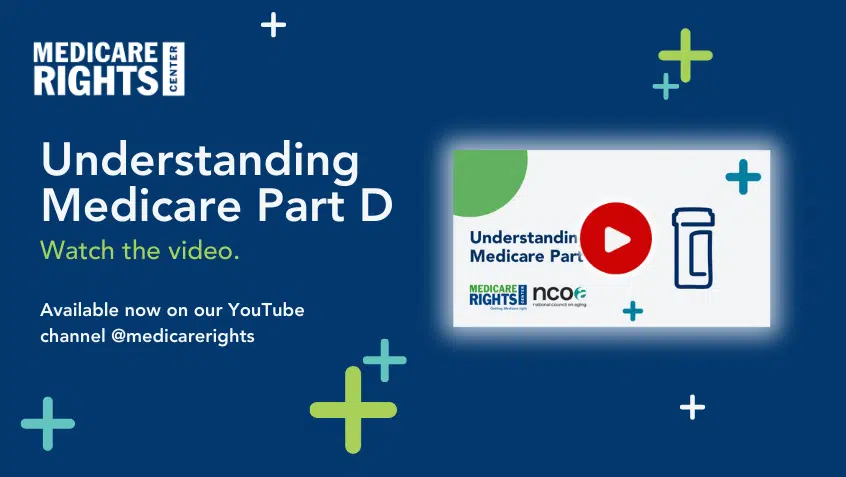Join Us Live for a Discussion on Medicare, Democracy, and the Future of Health Care
New Data Show Persistent Disparities in COVID-19 Cases

This week, the Centers for Medicare & Medicaid Services (CMS), the agency that oversees the Medicare program, released more data showing the impact of COVID-19 on people with Medicare. As with previous data, this information confirms that communities of color and people who are enrolled in both Medicare and Medicaid or who have End-Stage Renal Disease (ESRD) are disproportionately affected by the virus.
The data snapshot is preliminary and is based on Medicare claims from January 1 to June 20. In the coming months, more information will be available, including from Medicare Advantage plans, that will fill in some of the current reporting gaps.
The racial and ethnic data show that the highest incidence of COVID-19 cases is in Black populations, with more than double the infection rate of their white counterparts. Hispanic/Latino people with Medicare have the second highest incidence. These new data also break out the experiences of American Indian and Alaskan Natives for the first time, revealing that they trail only Black and Hispanic/Latino case rates by population. Black enrollees are also nearly four times more likely than whites to be hospitalized due to the virus, while American Indian and Alaskan Natives are nearly three times more likely.
The number of cases among people with ESRD is also extremely high, nearly five times greater than it is for either older adults or people with disabilities without ESRD. The rate of hospitalization for ESRD beneficiaries is a staggering nine times higher.
Similar disparities can be found in the data for people who are dually eligible for both Medicare and Medicaid, with this population having over four times the rate of cases and nearly five times the rate of hospitalization compared with those who have Medicare only.
Importantly, these reports underscore previous data that revealed striking differences in how various racial and ethnic groups have been affected by coronavirus. And these findings are sadly not unique. Structural racism has long been a primary driver of health disparities and unequal outcomes, and this pandemic has laid many of these inequities bare. In particular, Black people have less access to care, especially high-quality care, and higher exposures to stressors like pollution, poverty, and both explicit and implicit bias in everything from housing to employment to the criminal justice system than their white counterparts.
We continue to urge all policymakers to prioritize righting these wrongs. To do so, we must track and report comprehensive data, and identify opportunities to repair the flaws in our health, legal, and social systems. We especially urge Congress to center people with Medicare and promote health equity program-wide in any new coronavirus relief packages.
This is part an ongoing series of Medicare Watch articles that explores the disparate impacts of the coronavirus on communities of color, as well as reasons for these outcomes and needed policy solutions. Working together, we can reduce barriers that keep older adults and people with disabilities from living with dignity and choice.
Read the CMS Data Snapshot for services January 1 to June 20, 2020.
Read more from our series on health disparities.
Read more about last month’s CMS Data Snapshot (January 1 to May 16).
Show Comments
We welcome thoughtful, respectful discussion on our website. To maintain a safe and constructive environment, comments that include profanity or violent, threatening language will be hidden. We may ban commentors who repeatedly cross these guidelines.
Help Us Protect & Strengthen Medicare
Donate today and make a lasting impact
More than 67 million people rely on Medicare—but many still face barriers to the care they need. With your support, we provide free, unbiased help to people navigating Medicare and work across the country with federal and state advocates to protect Medicare’s future and address the needs of those it serves.
The Latest
Most Read
Add Medicare to Your Inbox
Sign up to receive Medicare news, policy developments, and other useful updates from the Medicare Rights.
View this profile on InstagramMedicare Rights Center (@medicarerights) • Instagram photos and videos









